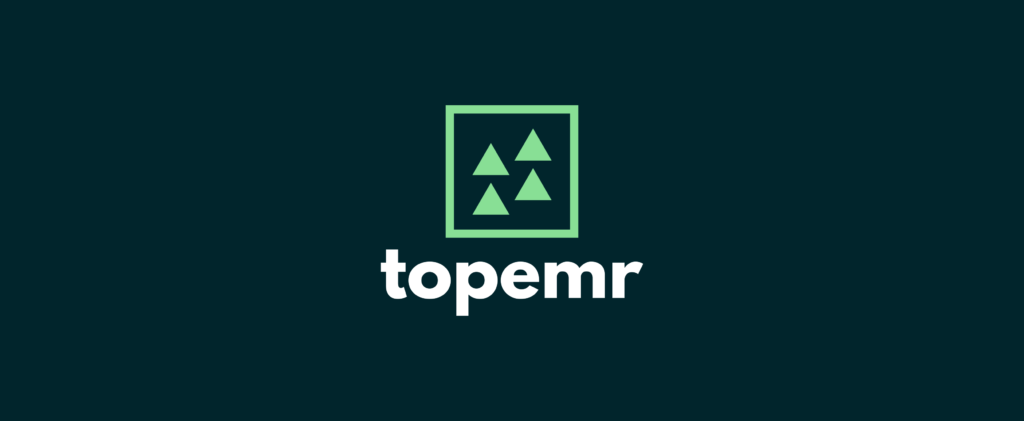Getting to Know NABIDH Integration
NABIDH’s Impact on Healthcare
Dubai’s National Unified Medical Records platform, NABIDH, is shaking up how healthcare providers share vital patient info. Think of it as a super-secure, all-in-one hub for electronic medical records (EMRs), diagnostic reports, and other crucial health data. This platform is a game-changer, making it easier for healthcare facilities in Dubai to communicate and exchange data.
NABIDH’s Health Information Exchange (HIE) platform boosts teamwork and efficiency across Dubai’s healthcare scene. By cutting out unnecessary steps and speeding up decision-making, it raises the bar for patient care. NABIDH links public and private healthcare facilities, ensuring the safe exchange of medical records and essential health info. This connected approach aims to better healthcare outcomes for everyone in Dubai.
Perks of Connecting with NABIDH
Plugging into NABIDH comes with a bunch of perks for healthcare providers. One biggie is better access to medical insights. With NABIDH, healthcare providers get their hands on valuable data to make smarter decisions. This treasure trove of info allows for advanced analytics, including AI, to back clinical choices, optimize resources, and boost patient outcomes.
Plus, NABIDH integration smooths out workflows and ramps up efficiency by pulling patient data from both public and private sources into one secure portal. This setup leads to better clinical decisions and overall care quality. For clinic owners in Dubai, jumping on the NABIDH-connected EMR bandwagon is key for staying compliant and running a top-notch operation (EMR Magazine).
Want to dive into the features and perks of NABIDH-connected EMR solutions? Check out our page on nabidh-connected features. Need tips on getting these solutions up and running in your clinic? We’ve got you covered with resources on implementing Nabidh-connected and Nabidh-connected integration.
Challenges of EMR Adoption
Switching to an EMR system can be a game-changer for medical clinics, but it’s not all smooth sailing. Knowing what hurdles you might face and how to jump over them is key to making a NABIDH-connected EMR work for you.
What Gets in the Way of EMRs?
Several roadblocks can slow down the adoption of EMR systems in medical practices. These issues often come from a mix of tech troubles, human resistance, and organizational hiccups.
- Lack of Training and Knowledge: A biggie here is not enough training. Many healthcare providers aren’t familiar with EMRs, leading to pushback and inefficiencies (NCBI).
- Limited Access to Technology: Sometimes, clinics just don’t have the tech they need—like computers or solid internet connections—making it tough to get EMRs up and running.
- Resistance from Physicians: Doctors are crucial for EMR adoption, but they often resist due to worries about messing up their workflow and doctor-patient relationships.
- Security and Privacy Concerns: Data security and patient privacy worries can also be big barriers. Many healthcare providers fear that EMRs could leak sensitive info, making them hesitant to adopt these systems.
- Operational Disruptions: Rolling out a new EMR system can mess with current workflows and admin processes, causing temporary chaos and frustration among staff.
How to Beat EMR Adoption Challenges
Tackling these challenges needs a mix of training, tech support, and organizational tweaks. Here’s how to get past these hurdles:
- Comprehensive Training Programs: Offering thorough training for all staff can cut down resistance and boost EMR skills. Training should cover everything from basic computer use to specific EMR features. Check out our NABIDH-connected training resources for more info.
- Improving Access to Technology: Make sure your clinic has the right tech setup. This means investing in reliable computers, internet connections, and other necessary gear.
- Engaging Physicians: Get doctors involved in the planning and rollout process to ease their concerns. Show them the perks of EMRs, like better patient care and smoother workflows, to get their buy-in.
- Addressing Security Concerns: Put strong security measures in place and educate staff about them to ease worries about data breaches. Regular audits and compliance checks can also keep the system secure. For more on compliance, visit our NABIDH compliance section.
- Providing Technical Support: Offer ongoing tech support to handle any issues that pop up during and after the rollout. This support should be easy to reach and quick to solve problems to keep disruptions to a minimum. Learn more about our NABIDH-connected support options.
By understanding and tackling these barriers, medical clinic owners in Dubai can successfully roll out a NABIDH-connected EMR system and make the most of it. For more detailed strategies on overcoming these challenges, see our guide on implementing NABIDH connected.
Making Clinic Life Easier
Switching to a NABIDH-connected EMR system can smooth out the bumps in clinic operations. By making workflows more efficient and cutting down on admin headaches, clinics can focus on what matters: patient care.
Smoother Workflows
NABIDH-connected EMR systems change the game for clinic workflows. No more drowning in paper records—these systems save time and boost productivity. Here’s how they make life easier:
- Automated Data Entry: Say goodbye to manual input. Automated data entry frees up time for healthcare professionals to spend with patients.
- Easy Data Sharing: NABIDH-connected EMRs make sharing data between healthcare systems a breeze, keeping patient info current and accessible.
- Custom Forms: Doctors can quickly jot down complaints, diagnoses, and medical history with custom forms, making documentation a snap (Clinicea).
- Fast Info Access: Clinicians can pull up patient history, treatments, and other details in no time, speeding up diagnosis and treatment planning.
| Feature | Benefit |
|---|---|
| Automated Data Entry | Cuts down on manual work, saves time |
| Easy Data Sharing | Keeps patient info up-to-date |
| Custom Forms | Simplifies documentation |
| Fast Info Access | Speeds up diagnosis and treatment |
Want to know more about NABIDH-connected EMR features? Check out our Nabidh connected features page.
Less Admin Hassle
NABIDH-connected EMR systems also make admin tasks a lot less painful. Less manual data entry and paperwork mean smoother operations. Here’s what you get:
- Less Paperwork: EMR software slashes unnecessary paperwork, helping clinics grow (Clinicea).
- Automated Tasks: Scheduling, billing, and reporting get handled automatically, no manual work is needed.
- Centralized Records: All patient interactions are stored in one place, making it easy to manage and find info.
- Better Resource Use: With a clear view of patient flow and clinic operations, resources can be used more effectively.
| Process | Benefit |
|---|---|
| Less Paperwork | Cuts down on admin work |
| Automated Tasks | Efficient scheduling, billing, and reporting |
| Centralized Records | Easy info management and retrieval |
| Better Resource Use | Optimizes resource management |
Curious about simplifying admin tasks with NABIDH-connected EMR systems? Visit our Nabidh connected solutions page.
By adopting NABIDH-connected EMR solutions, clinics can make workflows smoother and admin tasks easier, leading to better patient care and smoother operations. For more on how to get started, check out our guide on implementing nabidh connected.
Compliance and Standardization
To get your clinic running smoothly and legally, understanding the NABIDH framework is a must. This not only keeps you in line with local rules but also ensures top-notch care for your patients.
Why NABIDH Compliance Matters
NABIDH is a big deal in Dubai’s healthcare scene, thanks to the Dubai Health Authority. Being NABIDH-connected means your clinic is playing by the rules and dodging any legal headaches. Here’s why NABIDH compliance is a game-changer:
- Unified Healthcare Practices: NABIDH pulls together patient data from both public and private healthcare providers in Dubai. This makes it a breeze for doctors to access and share important patient info, ensuring consistent and high-quality care no matter where patients go (EMR Magazine).
- Secure Communication: With NABIDH, sharing Patient Health Information (PHI) is safe and efficient. Healthcare providers can quickly access and exchange comprehensive patient data without worrying about security breaches.
Staying Legal
Keeping things legal with NABIDH involves a few key steps. Follow these, and your clinic will stay compliant and avoid any legal trouble.
| Compliance Area | Key Actions |
|---|---|
| Data Security | Lockdown patient health information (PHI) with strong security measures. Keep security protocols up to date and train your staff on the latest best practices. |
| Standardization | Use standard procedures for entering and managing data to keep things consistent across all levels of care. |
| Training | Make sure all staff members get thorough NABIDH-connected training so they know the latest rules and best practices. |
| Audit and Monitoring | Regularly check and monitor compliance with NABIDH standards. Use NABIDH-connected software to track and report on compliance metrics. |
By sticking to these guidelines, your clinic will not only stay on the right side of the law but also provide top-tier care to your patients. For more details on implementing NABIDH-connected solutions and NABIDH-connected requirements, check out our in-depth articles.


Leave a Reply